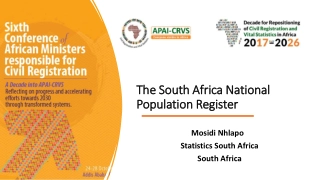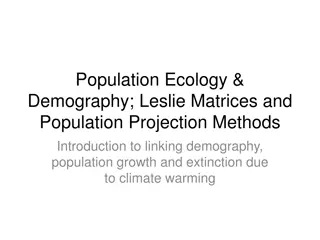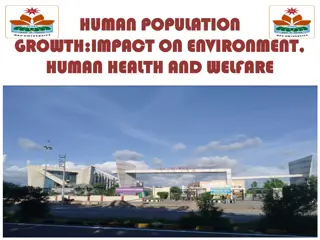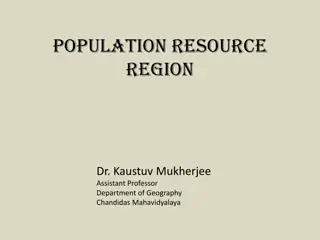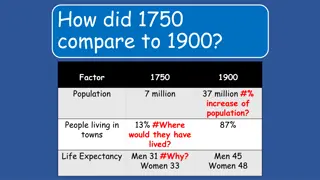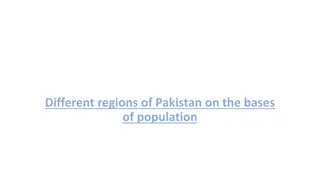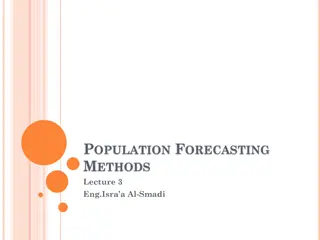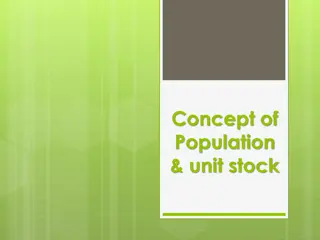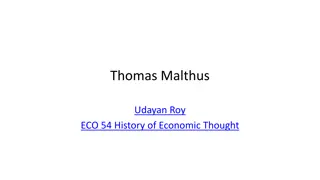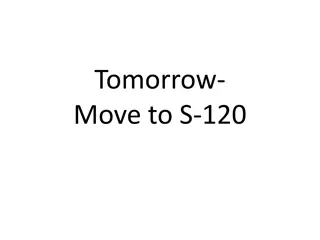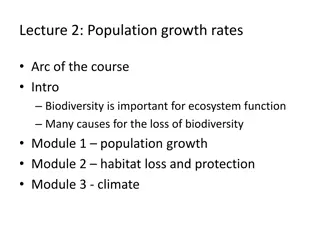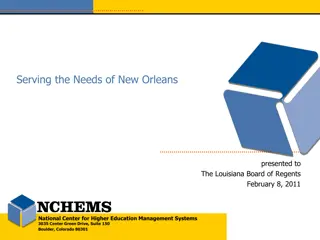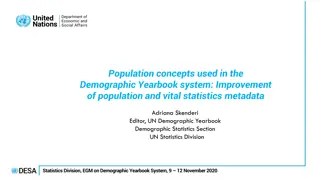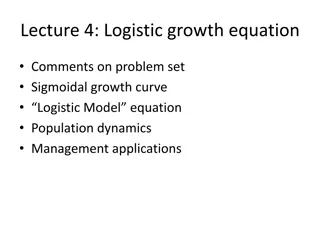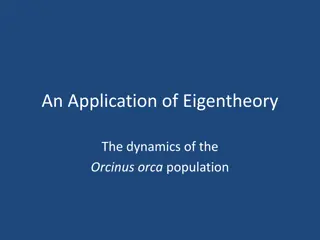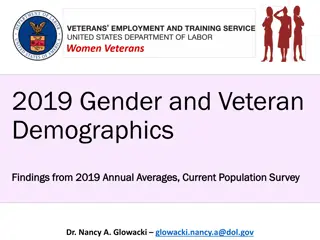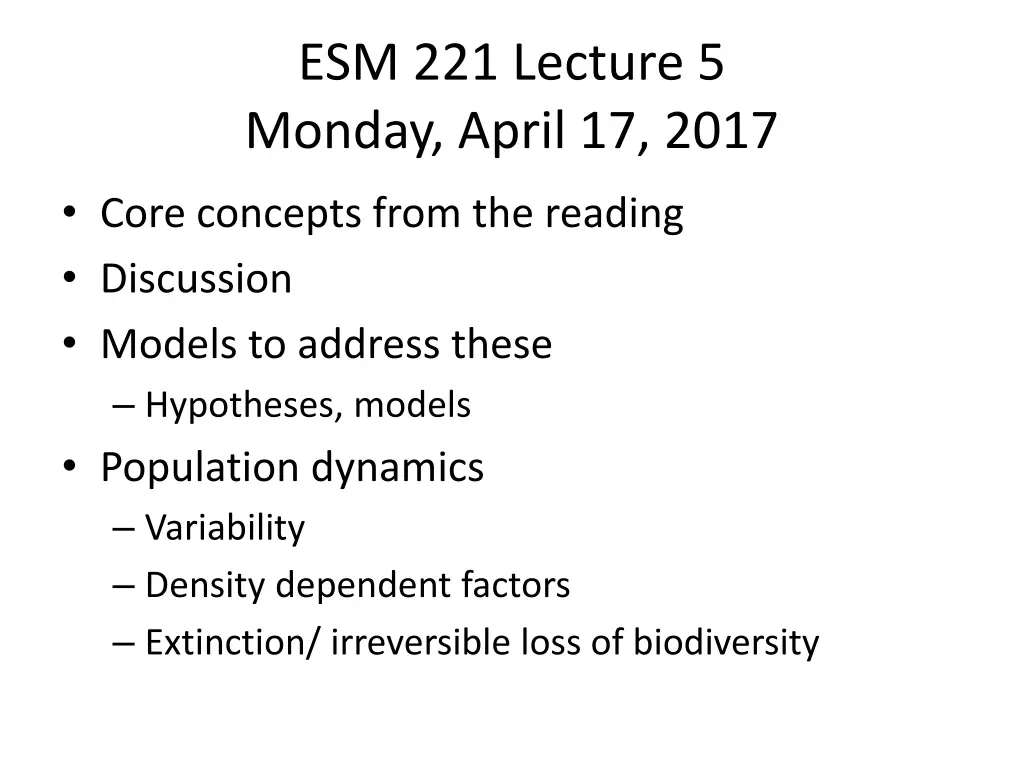
Understanding Population Dynamics and Biodiversity Concepts
Explore core concepts in population dynamics, biodiversity, and human population growth, including discussions on keystone species, succession, and demographic transitions. Discover the importance of innovation and sustainable pathways for human society in environmental science and policy.
Download Presentation

Please find below an Image/Link to download the presentation.
The content on the website is provided AS IS for your information and personal use only. It may not be sold, licensed, or shared on other websites without obtaining consent from the author. If you encounter any issues during the download, it is possible that the publisher has removed the file from their server.
You are allowed to download the files provided on this website for personal or commercial use, subject to the condition that they are used lawfully. All files are the property of their respective owners.
The content on the website is provided AS IS for your information and personal use only. It may not be sold, licensed, or shared on other websites without obtaining consent from the author.
E N D
Presentation Transcript
ESM 221 Lecture 5 Monday, April 17, 2017 Core concepts from the reading Discussion Models to address these Hypotheses, models Population dynamics Variability Density dependent factors Extinction/ irreversible loss of biodiversity
Key concepts from the text Should see some of this in Biology courses also
Population distributions Population dynamics Be able to define these terms: Population size Population density Population distribution Clumped Uniform Random Sex Ratio Age Structure Why do these matter to population growth & stability?
Keystone species Create favorable environmental conditions for other species Impact beyond just their community production rate (i.e. growth rate) Examples: Beavers Elephants Alligators
Succession Predictable pattern of plants in a community that varies over time Earlier species replaced with later species Prepare the environment for them to be successful Primary on rock Secondary disturbance eliminates plants but leaves soil
Human population dynamics Factors that control growth rate Demographic transition Demographic trap Multiple interacting factors complex behavior http://web.pdx.edu/~rueterj/courses/objects/demographic-transition.html Malthus prediction Importance of innovation (Schumpeter) I = PAT
5-1 Draw the classical Demographic Transition
Discussion What can environmental science and science- based policy say about human population and control? Why is the Malthusian limit concept so important? Does innovation in agriculture really solve the problem of impact from high populations? What are some of the alternative models or paths for sustainable human society?
Population dynamics and management 5-2 Draw logistic growth curves (N vs. time) Low r, low K Low r, high K High r, low K High r, high K
How do we use models and hypotheses http//web.pdx.edu/~rueterj/courses/objects/models-hypotheses.html

